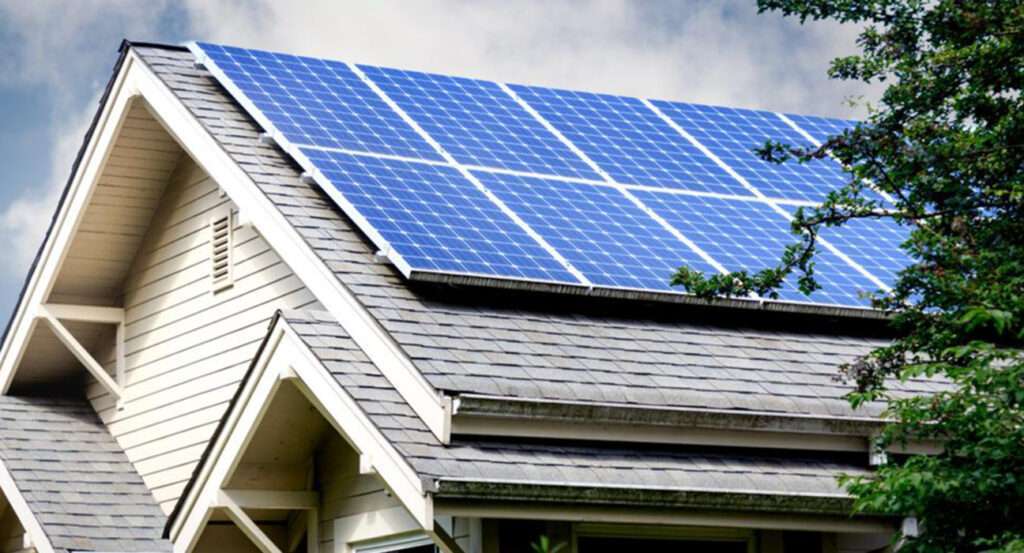Solar Panel Technology: Advantages and Disadvantages
Solar Panel Technology: Advantages and Disadvantages
Introduction:
Solar panel technology has gained immense popularity as a clean and renewable energy source, contributing significantly to the global shift towards sustainable energy solutions. While it offers numerous advantages, it is crucial to be aware of the challenges and limitations associated with this technology.

Advantages of Solar Panel Technology:
1.Renewable and Sustainable Energy Source:
- Solar panels harness energy from the sun, which is an abundant and renewable resource. As long as the sun continues to shine, solar energy will be available for power generation.
2.Reduced Greenhouse Gas Emissions:
Solar power generation produces minimal greenhouse gas emissions compared to conventional fossil fuel-based energy sources, helping mitigate climate change and reduce environmental impact.
3.Low Operating Costs:
- When introduced, sun powered chargers have low working and upkeep costs. They require minimal upkeep, and their lifespan can extend over 25 years or more.
4.Grid Independence and Energy Security:
- Solar panels allow for decentralized power generation, reducing dependence on centralized grids. This can enhance energy security and resilience, particularly in remote or off-grid areas.
5.Job Creation and Economic Growth:
- The solar industry has created numerous job opportunities worldwide, contributing to economic growth. As technology advances, the demand for skilled professionals in the solar sector continues to rise.
6.Technological Advancements and Innovation:
Ongoing research and development in solar technology have led to continuous improvements in efficiency, durability, and cost-effectiveness. Innovations such as thin-film solar cells and concentrated solar power are expanding the capabilities of solar energy.
Disadvantages of Solar Panel Technology:
1.High Initial Costs:
- The forthright expense of buying and introducing sunlight powered chargers can be somewhat high.While prices have decreased over the years, the initial investment remains a barrier for some individuals and businesses.
2.Intermittent Energy Production:
- Solar power production is dependent on sunlight, making it intermittent. Nighttime, cloudy days, and other environmental factors can affect the consistent generation of electricity.
3.Land Use and Aesthetics:
- Large-scale solar installations may require significant land areas, leading to concerns about land use and potential impact on ecosystems. Additionally, some people find solar panels visually unappealing, impacting the aesthetics of landscapes.
4.Energy Storage Challenges:
- Storing solar energy for use during non-sunny periods remains a challenge. While advancements in energy storage technologies are being made, efficient and cost-effective solutions are still under development.
5.Environmental Impact of Manufacturing:
- The production of solar panels involves the use of rare materials and chemicals, leading to environmental concerns. Proper disposal and recycling of solar panels at the end of their life cycle are essential to minimize environmental impact.
Conclusion:
Solar panel technology presents a promising avenue for clean energy production, offering numerous environmental and economic benefits. While challenges such as high initial costs and intermittency exist, ongoing research and development are addressing these issues





Comments
Post a Comment